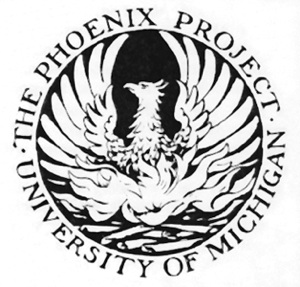ON JULY 16, 1945, on a desert in New Mexico, a blinding flash ushered in the promise of a new era in our civilization. In the months that followed, volumes were written and said about the revolution in human living which atomic fission was confidently expected to produce. But people who take the trouble to investigate discover quickly that something apparently went wrong with those promises.
In many places hard work is being done in an effort to harness atomic fission for power and industry—work largely financed by the Government for its war potential, or by industry for its profit potential. Progress where it matters most—in extracting the secrets of atomic fission for the physical betterment of mankind—is being made only at a snail's pace.
It has been pointed out abroad that Americans, with all their industrial facilities, genius and money, were able to create an atomic bomb to destroy civilization, but seem unable now to use those same facility In a country like this, such a challenge cannot long be ignored, for no one has ever before accused the American people of shirking an important job for lack of energy, or organization, or determination to reach an objective.
It was destined that someone in this country would sooner or later shoulder the responsibility of providing the necessary inspiration, organization, funds, co-operation, and determination to fulfill the humanitarian promise of atomic development. The University of Michigan has accepted this challenge and has assumed leadership in getting the job done, and will also join with private and public agencies in making atomic energy the servant, not the master of man.
To this end, the Board of Regents has approved the recommendation of the War Memorial Committee that a memorial be developed, which will make a noted contribution to the well being of mankind. This recommendation is a plan to be known as The Phoenix Project—a project that symbolizes the conversion of the ravages of war into new life and hope.
The Phoenix Project will consist of a memorial structure that will symbolize the task being undertaken to honor the memory of those who left the University to fight and die for their nation. It will include laboratories for research, an information exchange which will be at the service of the specialists in various fields of medicine and science working independently toward the same objectives, and facilities and meeting places for those who wish to help direct world thinking toward developing peacetime benefits of atomic fission. In time, it is hoped that the sociological, historical, legal, philosophical and ideological aspects of an atomic era will be discussed here. It will be an action-and-thought-center for the development of atomic promises.
The Phoenix Project of the University of Michigan is planned as a continuing, working memorial of the men and women of the University who died in World War II. It is committed to become an important factor in peacetime atomic research for humanitarian purposes: out of the horrors of the atomic bomb the men and women of Michigan are determined to help create a force for good, perhaps one of historical proportions.
THE MICHIGAN ALUMNUS
1947-48



